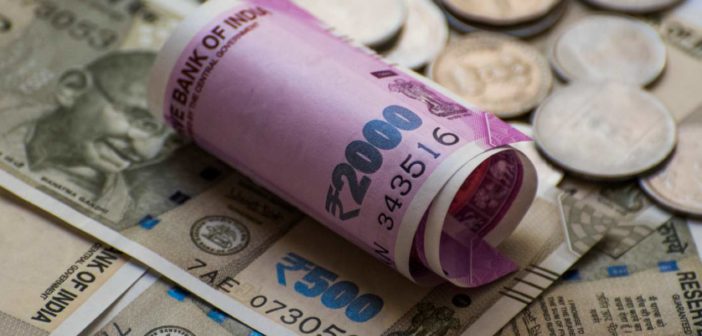India’s aspiration to become a developed nation by 2047 hinges significantly on sustained economic growth, as reflected in key economic indicators such as per capita GDP, gross national disposable income (GNDI), private final consumption expenditure (PFCE), and other related factors. The Reserve Bank of India (RBI) regularly publishes data on these indicators, which serve as crucial benchmarks for assessing economic progress and guiding policy formulation.
Access data on all of India’s Macro Economic Aggregates here on Dataful.
Growth in per capita GDP reflects rising average incomes and improved productivity across sectors. As per RBI’s data, the per capita GDP at constant prices (base year 2011–12) was ₹50,235 in 2004–05. This rose to ₹83,091 in 2014–15 and further to ₹1,24,600 by 2023–24. At current prices, the per capita GDP stood at ₹29,259 in 2004–05, ₹98,405 in 2014–15, and ₹2,11,725 in 2023–24.
The increase in GDP is mirrored by the rise in GNDI, which includes net current transfers like remittances and reflects the total resources available for domestic use. A rise in GNDI implies that households have more disposable income for consumption or saving. As per data, per capita GNDI at current prices was ₹29,894 in 2004–05, increased to ₹1,00,349 by 2014–15, and doubled further to ₹2,14,951 by 2023–24.
The increase in household disposable income is also evident in the rising trend of PFCE, which represents household expenditure on non-durable goods and services and all durable goods, excluding land and buildings. Per capita PFCE at current prices rose from ₹17,073 in 2004–05 to ₹57,201 in 2014–15, and further to ₹1,29,967 by 2023–24. At constant prices, it increased from ₹29,646 in 2004–05 to ₹46,667 in 2014–15, and to ₹71,016 by 2023–24.
The higher per capita PFCE of 1.78 lakh rupees at current prices in 2020-21 could be indicative of the impact of COVID-19 and the increased expenditure during that year.



